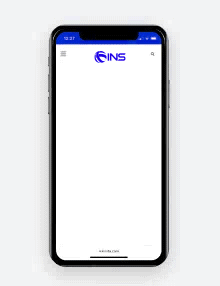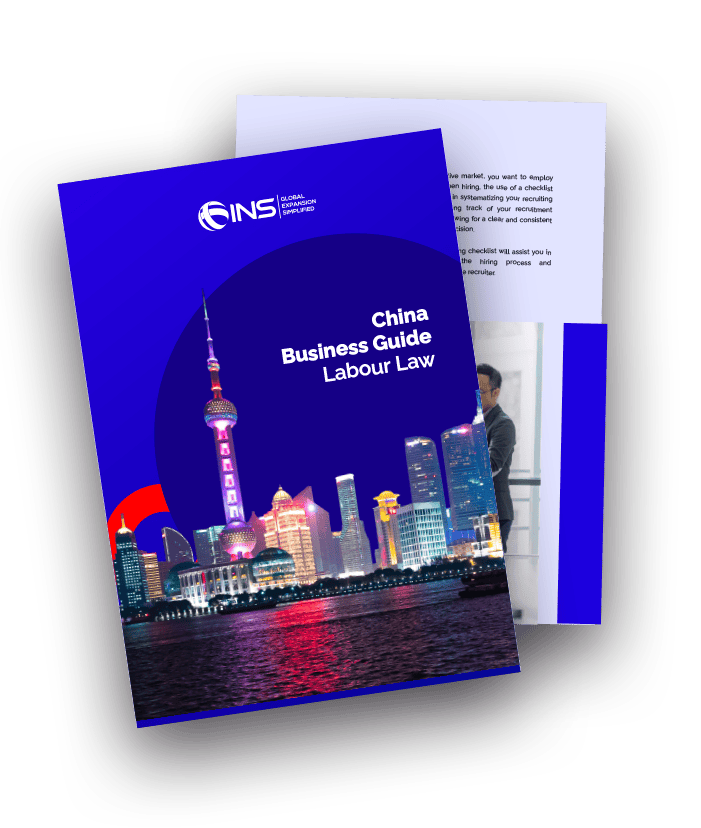As the world’s second-largest consumer market with an emerging middle class that’s ready to spend, it’s no surprise that an increasing number of Western brands are eyeing China as their chosen market for global expansion. Everyone wants a slice of the pie and expanding into the Chinese market can boost your business’ growth immensely. Or, at least, it can if you get your marketing strategy right.
Successful entry into the Chinese market is dependent on understanding the uniqueness of the Middle Kingdom and adapting your brand to its cultural norms. Here are 3 lessons to take away from Western brands that simply did not take into consideration the behavior patterns of the Chinese consumer.

Tired of scrolling? Download a PDF version for easier offline reading and sharing with coworkers
In a hurry? Save this article as a PDF
Tired of scrolling? Download a PDF version for easier offline reading and sharing with coworkers.
Fill up the form below 👇🏼
Take Time to Understand the Chinese Consumer and Adapt Your Products Accordingly
Just over a year after opening its 10th store in mainland China, British retailer Marks & Spencer ended its 8 year-long relationship with China, making a complete exit in 2016. In a country with a large, continually growing middle-class, the Chinese market seems to be a good opportunity for the retailer’s growth plans. So, what could have gone wrong for M&S China?
Marks & Spencer offered the same clothing range found in its European and US market, without adapting it to fit the Chinese body shape. Research also shows that Chinese women have much narrower variances in bust, waist and hip than their western counterparts, meaning that Chinese body shapes are generally smaller than in Europe and the US.
Furthermore, M&S’ failure to win the hearts of the Chinese consumer also came down to its inability to invest in necessary translation and localization. For example, the company’s clothing range used British and European labels without stating the size in Chinese. Marks & Spencer’s failures meant that they were not able to attract the Chinese middle class that they could have and in a market as vast and competitive as China, it’s important for brands to show that they are making a genuine connection with their audience.
Check Our China Labor Law Guide
Learn how the Chinese law is applied in all aspects and situations, from an employer and employee perspective

Be Aware of Cultural Differences
The luxury goods market means big business for many Western brands in China. According to a study by McKinsey & Company, Chinese consumers are set to account for 40% of the world’s spending power in luxury goods by 2025. However, the Chinese luxury market could turn into a double-edged sword for Western brands if their marketing isn’t respectful of the cultural differences between East and West.
In November 2018, a Dolce & Gabbana digital ad campaign was labelled as racist by Chinese netizens and forced D&G to cancel their biggest runway show of the year. Released on Weibo (China’s equivalent of Twitter), the series of three 30 second ads depicted a female Chinese model struggling to eat various Italian dishes with chopsticks, apparently poking fun at the cultural differences. D&G, whose biggest market is China, suffered a sharp drop in sales in the aftermath of the incident and e-commerce giants Alibaba and JD.com removed D&G products from their online stores.
It is crucial that Western brands are aware of the cultural differences between the West and China before entering the market and proceed with caution when ad campaigns involve a cultural element.
Know your Chinese Geography Before Entering the Market
In January 2018, Marriott International, which owns over 120 hotels in China, committed a major geopolitical faux-pas, prompting a backlash from Chinese consumers. In a Mandarin language survey sent out to its Reward Club members, the American hotel giant listed Tibet, Hong Kong, Macau, and Taiwan as separate ‘countries’. The error triggered an uproar on Chinese social media with many would-be guests cancelling reservations in response and leading to the Chinese authorities temporarily shutting down its Chinese-language website. Marriott swiftly took to its official Weibo account to issue an apology for the mistake, affirming that it does not support separatist organizations that damage China’s sovereignty or territorial integrity. A few weeks later, the company was criticized again after an employee using the company’s corporate Twitter account ‘liked’ a tweet made by a Tibet separatist group. The employee was later let go.
Marriott isn’t the only global corporation to fall victim to China’s political sensitivities. The company joins Mercedes-Benz, Gap, and other international brands for failing to recognize the sensitivity of geopolitical topics.
Conclusion
As China transitions from an export-driven economy to a consumer-driven economy, businesses around the world are presented with an immense opportunity to tap into one of the world’s largest consumer markets. Yet, it goes without saying that Western brands must commit to planning a bespoke marketing campaign that targets China’s unique consumer landscape.
As well as making sure your marketing and branding is optimized towards the evolving needs of the Chinese consumer, it’s also wise to consider having a physical presence in the market. Having staff on the ground in China can you give your business a competitive edge and will allow you to conduct the necessary market research to launch yourself successfully in the Chinese market. Whether you’re looking to use our flexible PEO solution or are ready to incorporate a local entity, INS Global can help you enter the market with our range of professional solutions. Contact us today to learn more.

SHARE